A strong ergonomic PC peripheral makes usage feel as natural as possible. That means avoiding strain and unnecessary pressure, lots of support, minimal movement, and, if you're at a desk, helping to maintain 90-degree angles in the arms and legs. Vertical mice, for example, make the palm face more sideways, resulting in less forearm pronation and accommodating a 90-degree angle with the rest of the arm. But what about a horizontal mouse?
On Sunday, the ConceptPix Horizontal Mouse launched on Kickstarter, as spotted by Geeky Gadgets. Like any crowdfunding project, I won't get my hopes up for this product hitting the market. I might even have less hope here than with some other crowdfunding projects, as ConceptPix hasn't launched anything else on Kickstarter (at least not under the ConceptPix name). Other red flags include: the ConceptPix brand lacks much of an Internet presence, and its profile is private on Kickstarter; the project creator is listed to be in Hong Kong, but ConceptPix's bio claims Miami Beach, Florida; and the crowdfunding goal is an absurdly low $119.
Still, less likely products have been born of crowdfunding. And the creators at least shared a video on the Kickstarter showing a supposed working prototype. Regardless, a horizontal mouse is intriguing to anyone who's used a vertical mouse or seeks a more comfortable or less painful alternative to traditional mice.
Similar to how a vertical mouse is taller than it is wide or long, the Horizontal Mouse is wider than it is long or tall. According to the Kickstarter, the peripheral is 3.15 inches wide, 1.57 inches long, 1.18 inches tall, and weighs 1.36 ounces.
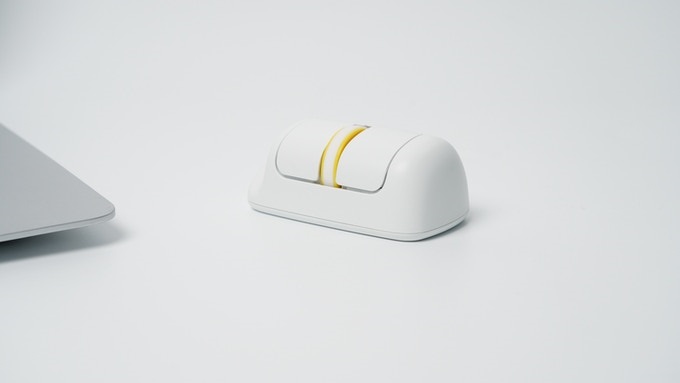
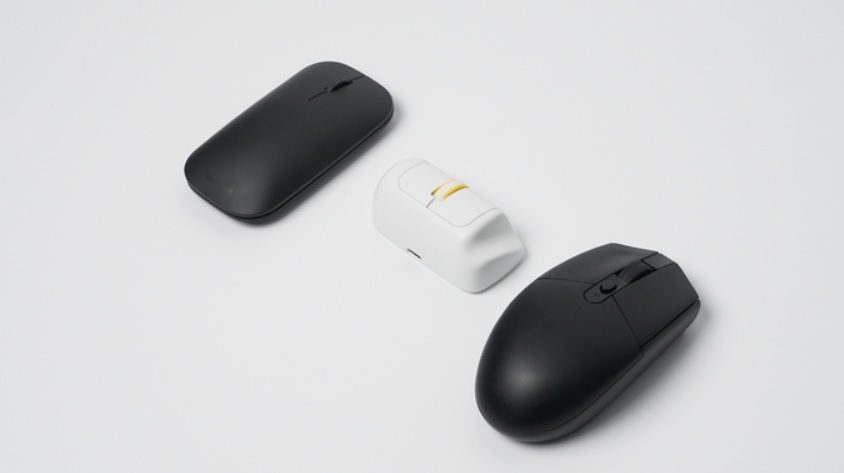

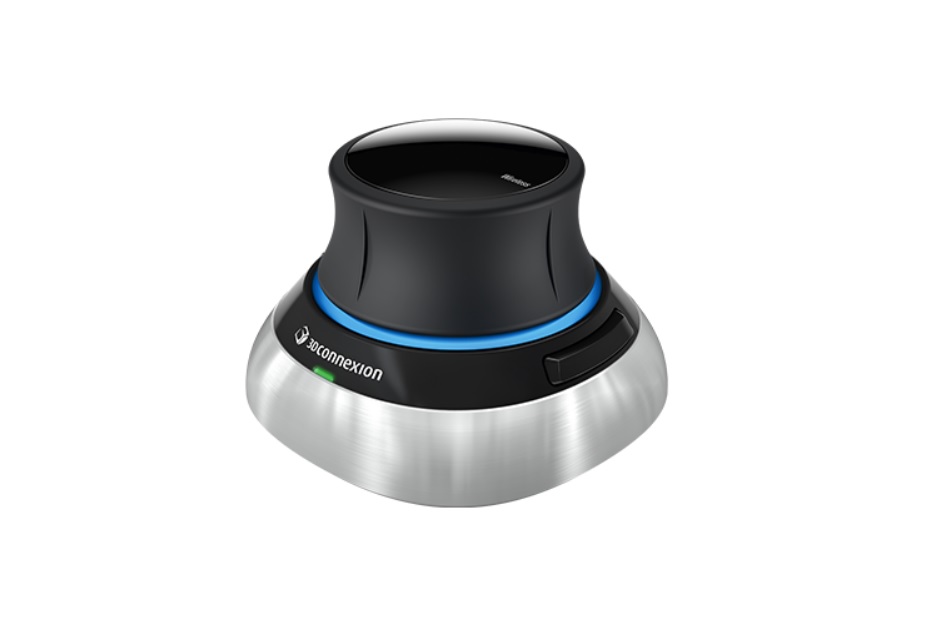
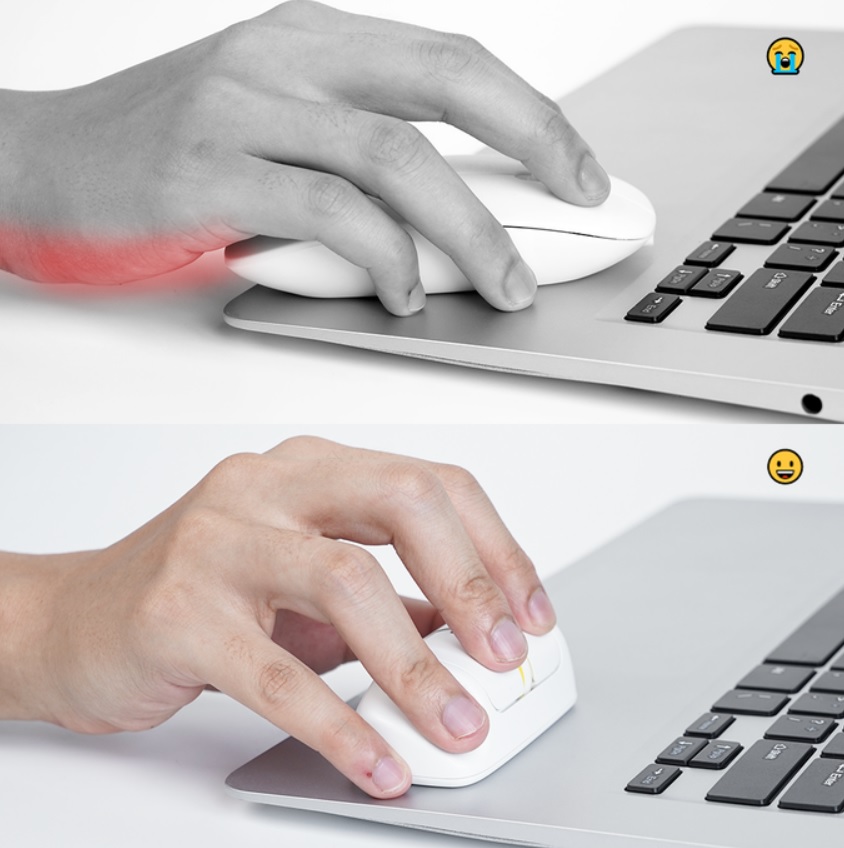
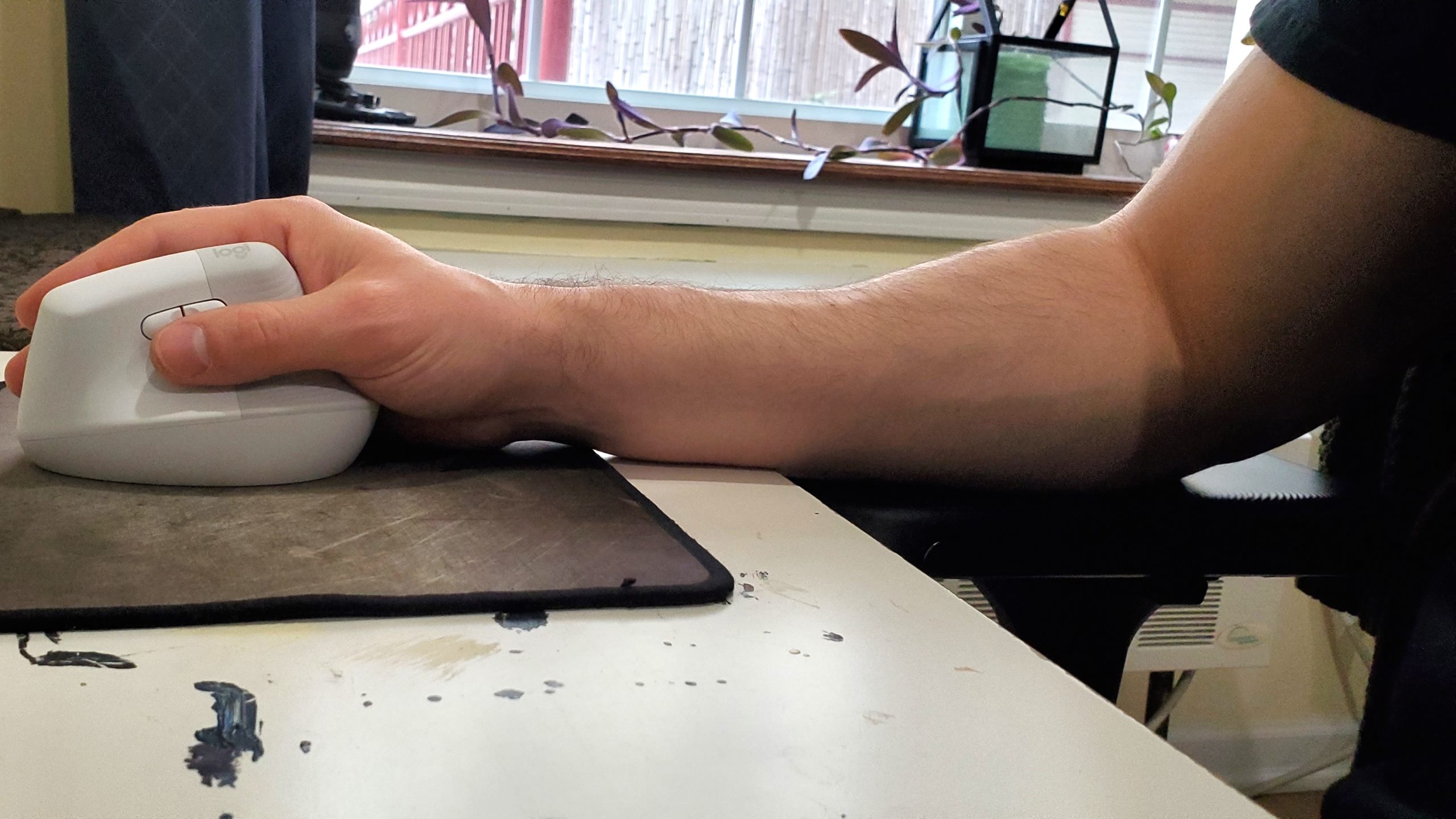
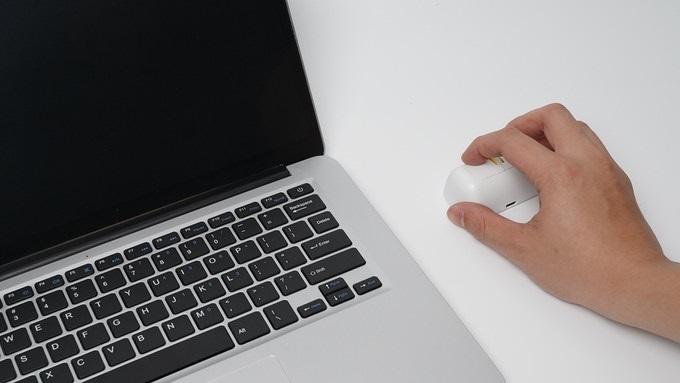
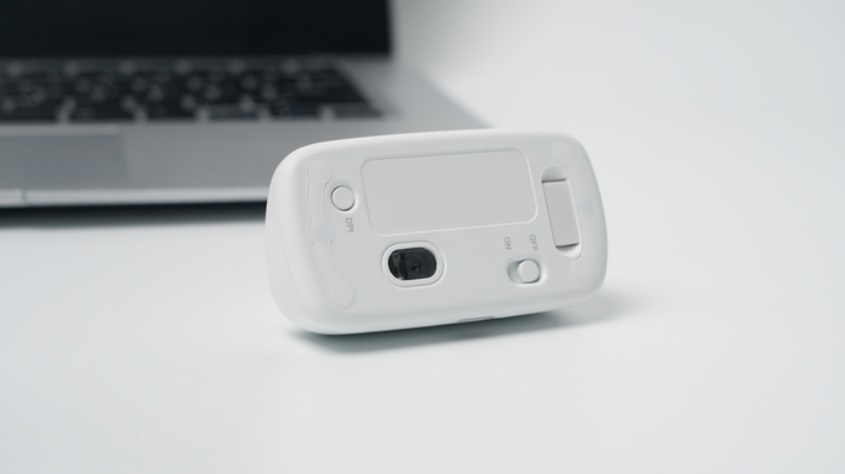

 Loading comments...
Loading comments...
